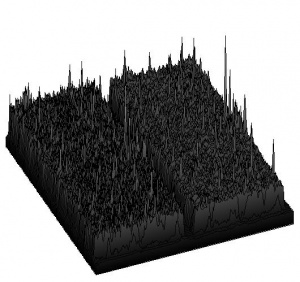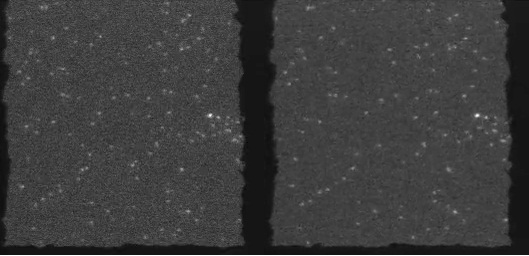What’s behind the popularity of Khan Academy
Picture this. A senior math major is helping a freshman with calculus. After a few frustrating minutes of “what?”, “OK…”, “hmm” from the freshman the senior gradually becomes more and more animated. He raises his voice to emphasize some important words (“given any epsilon, I can always specify delta…”, “as long as you pick an x, I can guarantee you…”). He is furiously pointing at an especially important spot on the paper (if this is a blackboard, you can hear chalk pounding). He forcefully underlines and circles some important letters and formulas, again and again (if this is a blackboard, the chalk might break at this point). All this time he stares at the freshman with an intense expression on his face.
I always feel like this freshman when I watch Sal Khan’s videos.
Since I heard about the Khan Academy for the first time I’ve been trying to understand the reason for its popularity and why some people think it’s a breakthrough in education. I think I’ve finally figured it out. It’s been right in front of me all this time.
What Sal Khan does is tutoring!
Then everything falls into place:
1. It’s popular as good tutoring would be.
2. It’s a revelation to those who have never tried it.
After a lecture in a room for 300, a ½ hour with a decent tutor will feel much more personal. If the tutor is any good, the student usually becomes a fan, and sometimes a user, of this service — and complains to the tutor about the bad professor. If, on the other hand, the tutor is bad, the student never returns — and complains to the professor about the useless service.
Just about every college offers tutoring services to its students, at least in the US. I always recommend them to my students, but virtually none ever tries it. I suspect this is not uncommon. Good students don’t go there because they feel they don’t need it and bad students because it feels like extra work.
So, once you recognize it for what it is, there is nothing wrong with tutoring style used by Khan. However, building “a new paradigm in education” on this foundation has serious pitfalls. I’ll save that for another time…
Digital discoveries
- Casinos Not On Gamstop
- Non Gamstop Casinos
- Casino Not On Gamstop
- Casino Not On Gamstop
- Non Gamstop Casinos UK
- Casino Sites Not On Gamstop
- Siti Non Aams
- Non Gamstop Casinos UK
- UK Casino Not On Gamstop
- Non Gamstop Casino UK
- UK Casinos Not On Gamstop
- UK Casino Not On Gamstop
- Non Gamstop Casino UK
- Non Gamstop Casinos
- Non Gamstop Casino Sites UK
- Best Non Gamstop Casinos
- Casino Sites Not On Gamstop
- Casino En Ligne Fiable





